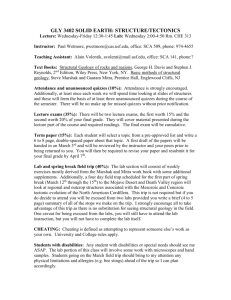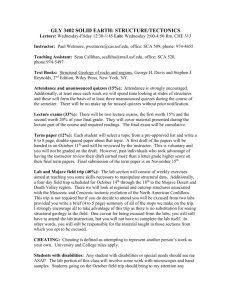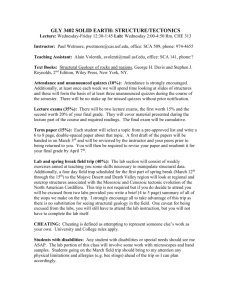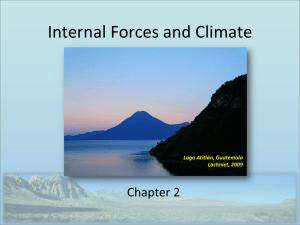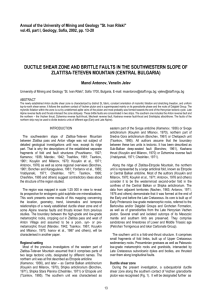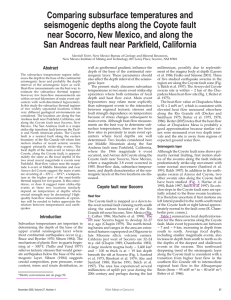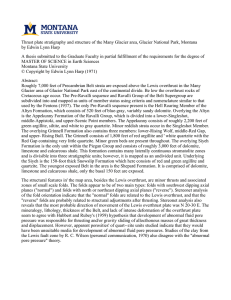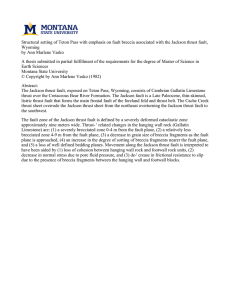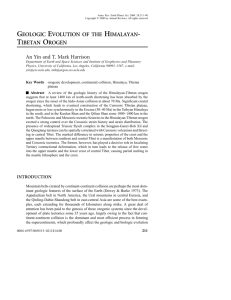06-P-062
advertisement
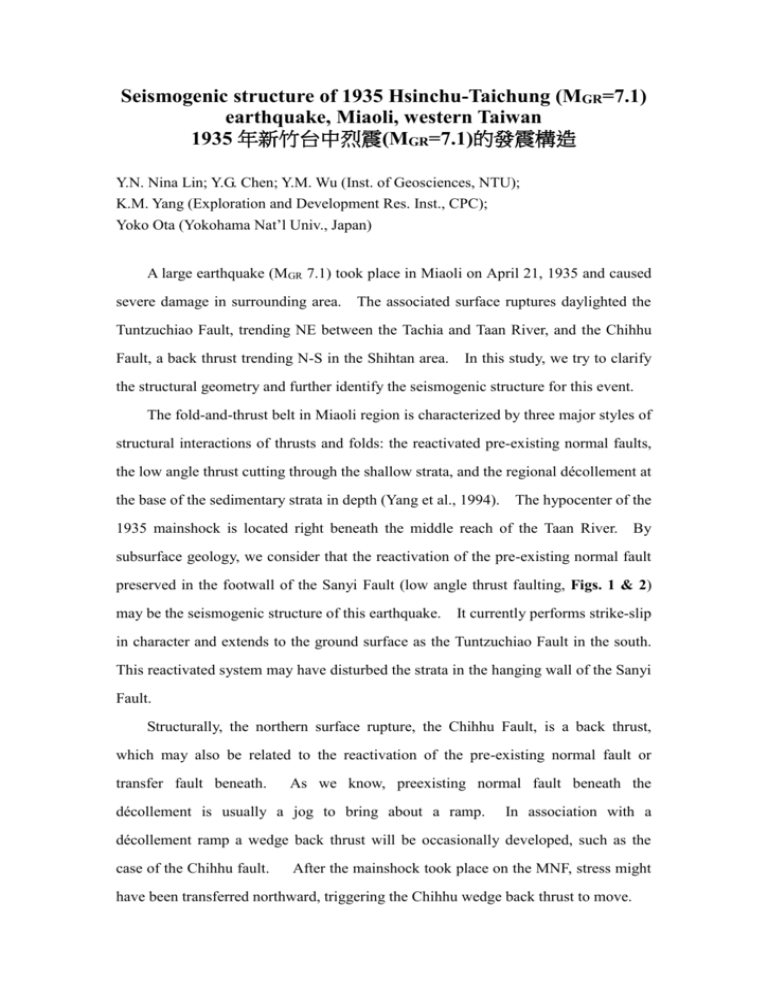
Seismogenic structure of 1935 Hsinchu-Taichung (MGR=7.1) earthquake, Miaoli, western Taiwan 1935 年新竹台中烈震(MGR=7.1)的發震構造 Y.N. Nina Lin; Y.G. Chen; Y.M. Wu (Inst. of Geosciences, NTU); K.M. Yang (Exploration and Development Res. Inst., CPC); Yoko Ota (Yokohama Nat’l Univ., Japan) A large earthquake (MGR 7.1) took place in Miaoli on April 21, 1935 and caused severe damage in surrounding area. The associated surface ruptures daylighted the Tuntzuchiao Fault, trending NE between the Tachia and Taan River, and the Chihhu Fault, a back thrust trending N-S in the Shihtan area. In this study, we try to clarify the structural geometry and further identify the seismogenic structure for this event. The fold-and-thrust belt in Miaoli region is characterized by three major styles of structural interactions of thrusts and folds: the reactivated pre-existing normal faults, the low angle thrust cutting through the shallow strata, and the regional décollement at the base of the sedimentary strata in depth (Yang et al., 1994). The hypocenter of the 1935 mainshock is located right beneath the middle reach of the Taan River. By subsurface geology, we consider that the reactivation of the pre-existing normal fault preserved in the footwall of the Sanyi Fault (low angle thrust faulting, Figs. 1 & 2) may be the seismogenic structure of this earthquake. It currently performs strike-slip in character and extends to the ground surface as the Tuntzuchiao Fault in the south. This reactivated system may have disturbed the strata in the hanging wall of the Sanyi Fault. Structurally, the northern surface rupture, the Chihhu Fault, is a back thrust, which may also be related to the reactivation of the pre-existing normal fault or transfer fault beneath. As we know, preexisting normal fault beneath the décollement is usually a jog to bring about a ramp. In association with a décollement ramp a wedge back thrust will be occasionally developed, such as the case of the Chihhu fault. After the mainshock took place on the MNF, stress might have been transferred northward, triggering the Chihhu wedge back thrust to move.





